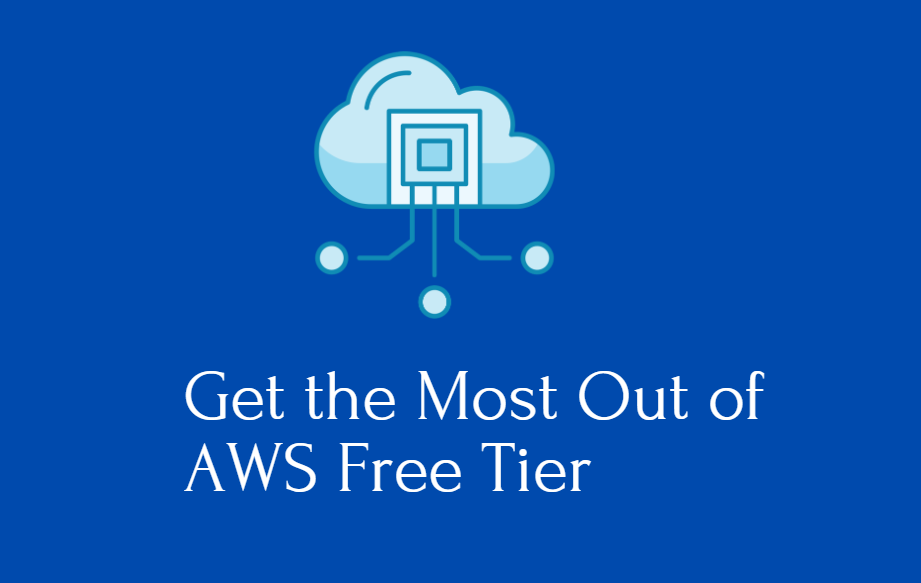Amazon Web Services (AWS) is like a treasure chest for anyone who wants to explore cloud computing without spending a dime upfront. If you’re new to AWS or cloud services, the AWS Free Tier is the perfect place to start. It’s packed with free resources that let you test, learn, and build. But to truly make the most of it, you need to understand how to use it wisely. Don’t worry; I’ll guide you through it step by step.
What Is AWS Free Tier?
The AWS Free Tier is like a free trial but better. It’s a collection of AWS services you can use without any cost for a limited time or, in some cases, indefinitely. AWS offers three types of Free Tier:
Always Free: These are services available for free as long as you stay within their limits.
12-Month Free Tier: These services are free for 12 months from the day you create your account.
Trials: Services that are free for a set period or up to a specific usage limit.
Why Should You Use AWS Free Tier?
Think of AWS Free Tier as a sandbox where you can:
Learn by Doing: It’s perfect for learning AWS services without the fear of running up a bill.
Test Your Ideas: Experiment with building applications and test new technologies.
Save Money: Who doesn’t like free stuff, especially when it helps you scale your skills and projects?
Step 1: Set Up Your AWS Free Tier Account
To start, you’ll need an AWS account. Head to the AWS website and sign up. While signing up, you’ll be asked for a credit card. Don’t worry—AWS won’t charge you as long as you stay within the Free Tier limits.
Here’s a tip: Set up billing alerts right away. This helps you avoid accidental charges by notifying you if you’re close to exceeding the free limits.
Step 2: Understand Your Limits
The Free Tier has limits, and understanding them is key to maximizing its potential. For instance:
Amazon EC2: 750 hours per month of a t2.micro or t3.micro instance (Linux or Windows).
Amazon S3: 5GB of storage.
Amazon RDS: 750 hours of a db.t2.micro database.
Lambda: 1 million free requests per month.
These limits reset every month, so you get a fresh start. But going beyond them can result in charges, so keep an eye on your usage.
Step 3: Use the AWS Management Console
The AWS Management Console is your control room. It’s where you can manage your resources, monitor usage, and explore services. If you’re a beginner, take some time to navigate it. AWS also offers a simple interface for tracking your Free Tier usage.
Step 4: Start Small with Core Services
Don’t try to learn everything at once. Start with a few core services like:
Amazon EC2: Set up a virtual machine to run applications.
Amazon S3: Store files and images.
Amazon RDS: Use a relational database to manage data.
AWS Lambda: Run code without worrying about servers.
Experiment with these to understand the basics. AWS provides tutorials and sample projects to guide you.
Step 5: Automate and Monitor Your Usage
Automation is a superpower. Use tools like AWS CloudFormation to automate resource provisioning. Meanwhile, enable AWS CloudWatch to monitor your resources and usage in real-time. These tools ensure you don’t exceed your Free Tier limits and help you optimize performance.
Step 6: Explore Advanced Features
Once you’re comfortable with the basics, dive into advanced features. For example:
Elastic Load Balancing (ELB): Distribute traffic to improve application performance.
AWS IAM: Manage access and security for your account.
AWS CLI: Interact with AWS using simple commands.
These features prepare you for building scalable and secure applications.
Step 7: Take Advantage of AWS’s Free Training
AWS offers free training resources, including the AWS Skill Builder platform. This is a goldmine for tutorials, videos, and practice labs. Use these to deepen your understanding and even prepare for certifications.
Step 8: Watch Out for Hidden Costs
Even though it’s free, there are a few things to watch out for. For example, if you store too much data in Amazon S3 or leave an EC2 instance running past the Free Tier limits, you’ll be charged. AWS provides a cost calculator to help you estimate and avoid surprises.
Step 9: Build Small Projects
The best way to learn is by doing. Build small, fun projects. Create a static website on S3, a chatbot using Lambda, or a simple app using EC2 and RDS. This hands-on experience makes you confident in using AWS.
Step 10: Deactivate Unused Resources
Once you’re done with a project, don’t forget to clean up. Terminate EC2 instances, delete S3 buckets, and stop databases you no longer need. This ensures you stay within Free Tier limits and avoid unnecessary charges.
FAQ About AWS Free Tier
How long does the AWS Free Tier last?
It depends on the service. Some are free for 12 months, while others are always free.
Can I exceed Free Tier limits?
Yes, but you’ll be charged for any usage beyond the limits. Enable billing alerts to stay safe.
Do I need a credit card to use AWS Free Tier?
Yes, but you won’t be charged as long as you stay within the Free Tier limits.
Can I run a website on AWS Free Tier?
Absolutely! You can host a static website on Amazon S3 or use EC2 for a dynamic site.
What happens after the 12-month Free Tier ends?
You’ll be charged the standard rates for any services you continue to use.
